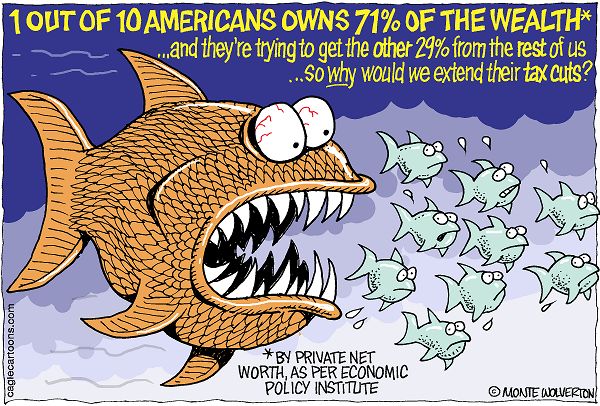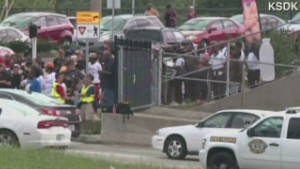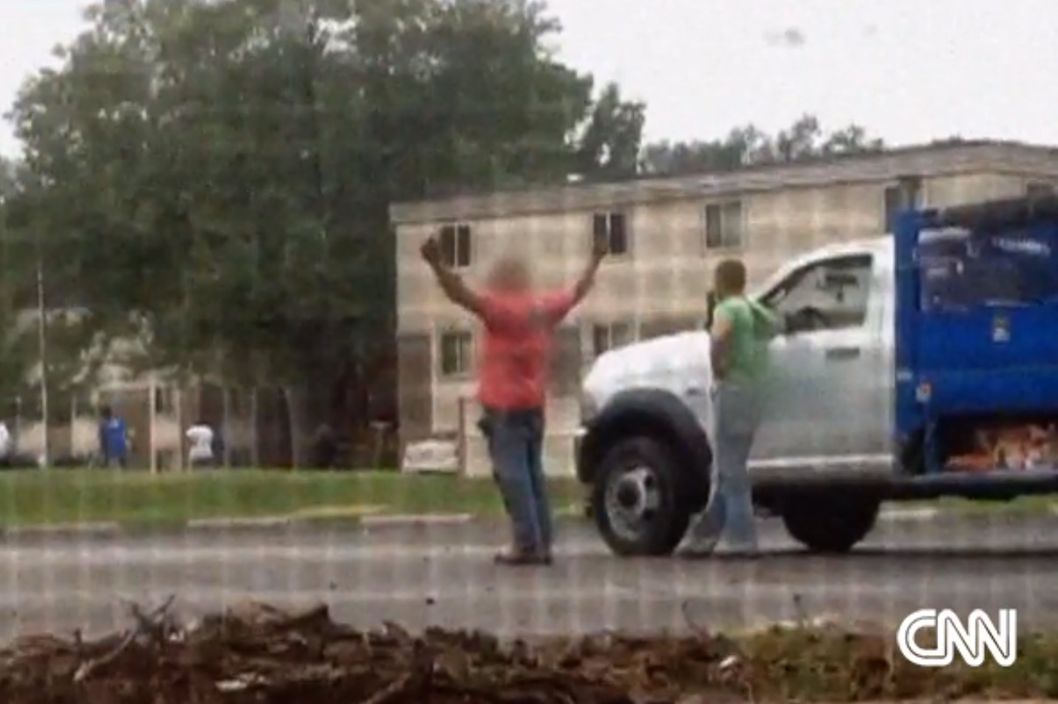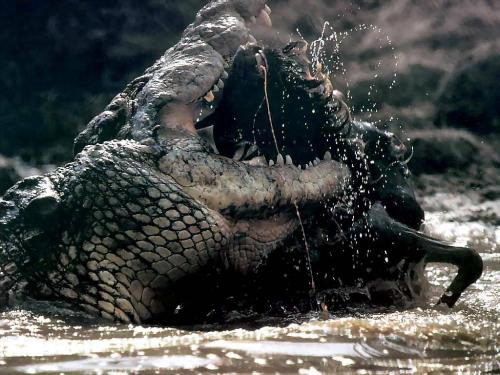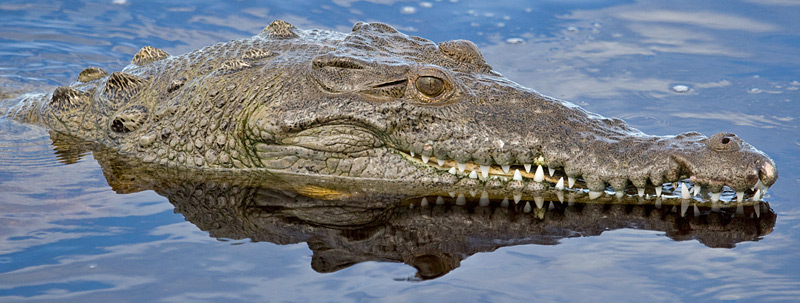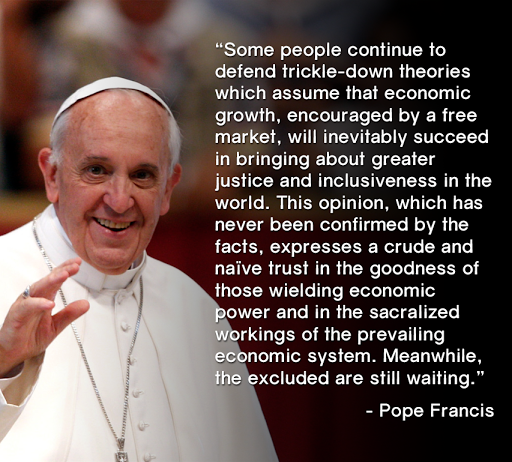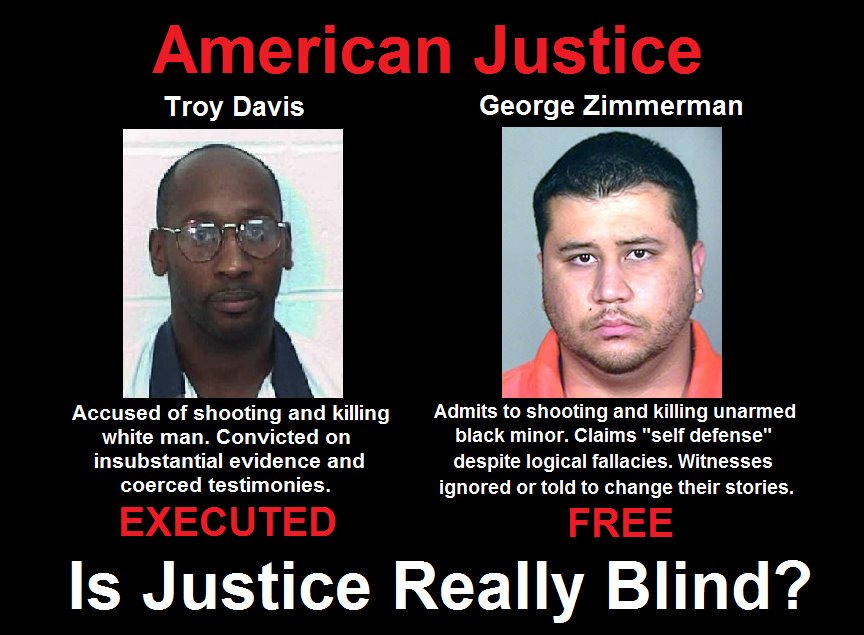TRANSCRIPT
JUDY WOODRUFF: In the 13 years since the 9/11 attacks, not every question about that day has been answered. Potentially explosive revelations that may implicate a key U.S. ally in the attacks remain hidden from public view, classified and stored beneath the U.S. Capitol Building.
Jeffrey Brown has our story.
JEFFREY BROWN: Twenty-eight pages of a joint congressional inquiry into the 9/11 attacks were classified by the George W. Bush administration, which claimed they contained information that would hurt the war on terror.
But some lawmakers argue the pages reveal little about national security and a great deal about the government of Saudi Arabia’s role in the attacks. They say that the pages tell the story of Saudi officials meeting with and even funding two of the 9/11 hijackers when they first arrived in the U.S.
It’s all in a story by Lawrence Wright in this week’s “New Yorker” magazine. Wright is author of “The Looming Tower” about events leading to the 9/11 attack. His new book is “Thirteen Days in September: Carter, Begin, and Sadat at Camp David.”
And he joins me now.
And welcome back, Larry Wright. So this is a 9/11 story about what we still don’t know. Put those 28 pages in context first. They’re part of the original investigation into what happened, but only a handful of people have seen them, right?
LAWRENCE WRIGHT, The New Yorker: That’s right.
Right after 9/11, a very unusual congressional inquiry, with both the House and the Senate Intelligence Committee chairmen, convened to find out what had happened. And they did quite a lot of research. This is before the 9/11 Commission took effect.
And they published their report in 2003, and it was heavily redacted, but there was one entire section, 28 pages, that was taken out entirely. And the Bush administration justified it on national security grounds.
But congressmen that I have spoken to who have read those 28 pages say it has nothing at all to do with national security, that the Bush administration and the relationship with the Saudis is implicated. And they also admit that it has something to do with the two Saudi hijackers who came to America in January of 2000.
JEFFREY BROWN: Yes.
Well, so part of this centers on what’s called the Ministry of Islamic Affairs, which is — as you document in your story, is placed inside Saudi embassies around the world. And the question is really, is there an explicit tie that exists between Saudi government or other Saudis and the hijackers?
LAWRENCE WRIGHT: That’s exactly right.
And there’s a lawsuit, Jeff, that’s going on right now which takes the theory that these two hijackers who came from a high-level al-Qaida meeting in Malaysia in January of 2000 arrived in Southern California. They didn’t speak English, and their mission was to learn how to fly Boeing jets. Now, imagine how difficult that would be.
And why did they go to Southern California? Were they meeting someone? Well, shortly after they arrived, they found a benefactor in a Saudi man named Omar al-Bayoumi, who lived in San Diego. He drove up to Los Angeles, went to the Saudi Consulate and there met with an official in the Ministry of Islamic Affairs, Fahad al-Thumairy.
And after an hour meeting, he drove to a restaurant in Culver City. And he later claimed that he just happened to be in the restaurant, overheard two men, the future hijackers, speaking in a Gulf Arabic, and he invited them to move to San Diego. He helped them with their rent, set them up in an apartment, introduced them to some key people in the Saudi community there.
And, you know, it’s a very interesting relationship that he had. Many people in the Saudi community, because he often videotaped people and so on, thought he might be a Saudi spy. In fact, one of the hijackers concluded that as well.
JEFFREY BROWN: Now, it should be said that some key people that you talked to, including involved in the 9/11 Commission, they had a look at this, and they said they didn’t either — either they didn’t see anything explosive there or they didn’t see enough evidence or it looked a little too wild to really point to something explicit.
On the other hand, as you say, some key officials, including bipartisan members of Congress, think there really is something there.
LAWRENCE WRIGHT: Right.
And I have talked to — I talked to the 9/11 Commissioners, and Governor Tom Kean, for instance, has — he’s seen those 28 pages. He thinks they ought to be released. He thinks it’s not just those 28 pages. He says this is just a small part of a much larger story.
There’s lots of information that that joint inquiry and the 9/11 Commission turned up that still has been kept from the American people, for instance, their interviews with President Bush, with former President Clinton, with Vice President Cheney. Those still haven’t been released. And I think, after 13 years, the American people can afford to know the truth.
JEFFREY BROWN: Well, follow up on that. What’s the stated reason for that all these years later, why so much of that is still classified? And how much of an attempt has there been to open it up?
LAWRENCE WRIGHT: Well, Governor Kean and former Congressman Lee Hamilton, the co-chairs of the 9/11 Commission, have been on a campaign to get that material released, so far to no effect.
And that is separate from the 28 pages. There’s a resolution in Congress that has bipartisan support to urge the Obama administration to release that portion of the document. And there’s also the lawsuit. The victims’ families are trying to get access to this material, because they believe it will support their suit against the Saudi government and other Saudi entities.
JEFFREY BROWN: It’s also interesting to note that the Saudis themselves say they would like these 28 pages opened up, right? Because they’re — maybe to stop the accusations against them.
LAWRENCE WRIGHT: Exactly.
JEFFREY BROWN: What do they say exactly?
LAWRENCE WRIGHT: Well, Prince Bandar, who was the ambassador to the U.S. at the time of 9/11, asked for these 28 pages to be declassified when the Bush administration withheld them, saying that we stand charged with 28 blank pages and we can’t respond to the charge.
Bandar’s wife, as it happens, is one of the people that is mentioned in — maybe not in the — I can’t say about these 28 pages, but in that those two people that helped the hijackers, one of them, Omar Bayoumi, and Osama Basnan — Basnan was receiving money. His wife was receiving money from Bandar’s wife, supposedly for a medical condition.
The suit against the Saudis alleges that some of that money found its way into the hands of the hijackers. The FBI wasn’t able to establish that.
JEFFREY BROWN: All right. Lawrence Wright’s article “The Twenty-Eight Pages” is in “The New Yorker.”
Thanks so much.
LAWRENCE WRIGHT: It’s a pleasure, Jeff. Thank you.




